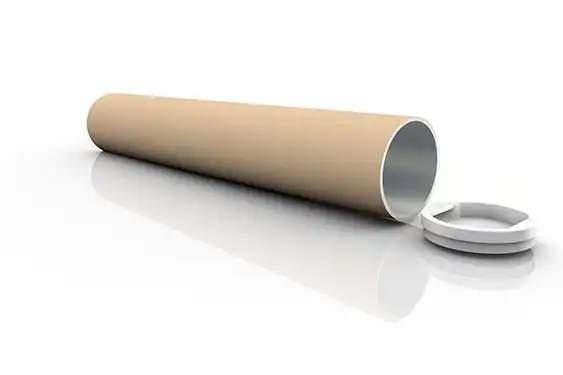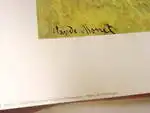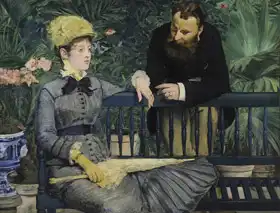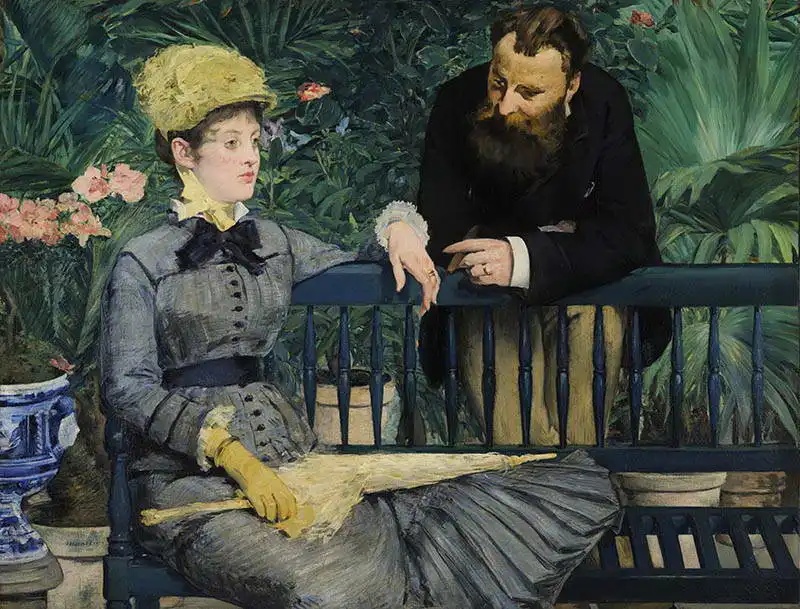About this finishing
Print. The image is printed on the top quality 10-ink HP Z9PS printer on HP matte 270 g / m2 paper. You can choose any size to an accuracy of 1 cm. A margin of 5 cm around the image is added to the size of the motif.


You can find a detailed description about our finishings
here.
The Conservatory
Date:
-7790Medium:
oil on canvasLocation:
Alte Nationalgalerie, BerlinDimensions:
150 x 115The scene of the painting takes place in the conservatory on the Rue d'Amsterdam in Paris, which
Édouard Manet used as his own studio for 9 months in 1878 and 1879. It is a double portrait of a fashionably dressed and attractive couple. They are
Manet's friends, Mr. and Mrs. Guillemet, who owned a clothing store. The fact that they are married is emphasized by their rings, along with the closeness of their hands, which suggests a certain intimacy of their relationship. The woman is in the center of the viewer's attention, both thanks to her position and the expressive color of her dress. The physical separation of the couple created by the bench as well as the lack of connection with the viewer has been a primary source of modern criticism. The work was exhibited in 1879 at the Paris Salon and was noted as surprisingly conservative for Manet.
Prevailing color of this fine art print is dark and its shape is landscape. Original size is 150 x 115. This art piece is located in Alte Nationalgalerie, Berlin. This image is printed on demand - you can choose material, size and finishing.
Édouard Manet (1832-1883). French
Impressionist painter. He perhaps had the misfortune of starting at a time when the pendulum of history was deviating from traditional academic painting and Impressionism: for his generational peers, he was too progressive and for young painters, he was too traditional. Manet had an innovative spirit that, during his study of old masters (such as
Diego Velázquez), he complemented with an excellent painting technique. From the Impressionists, he took a penchant for displaying reality using long expressive brush strokes, studying objects in the open air, and concentrating on working with light and colour. Unlike the Impressionists, however, he did not give up black colours, contours and classical composition. In fact, he did not even want to be associated with the Impressionists – he wanted his paintings to be included independently in Salon exhibitions and avoided the label of
Impressionism.



